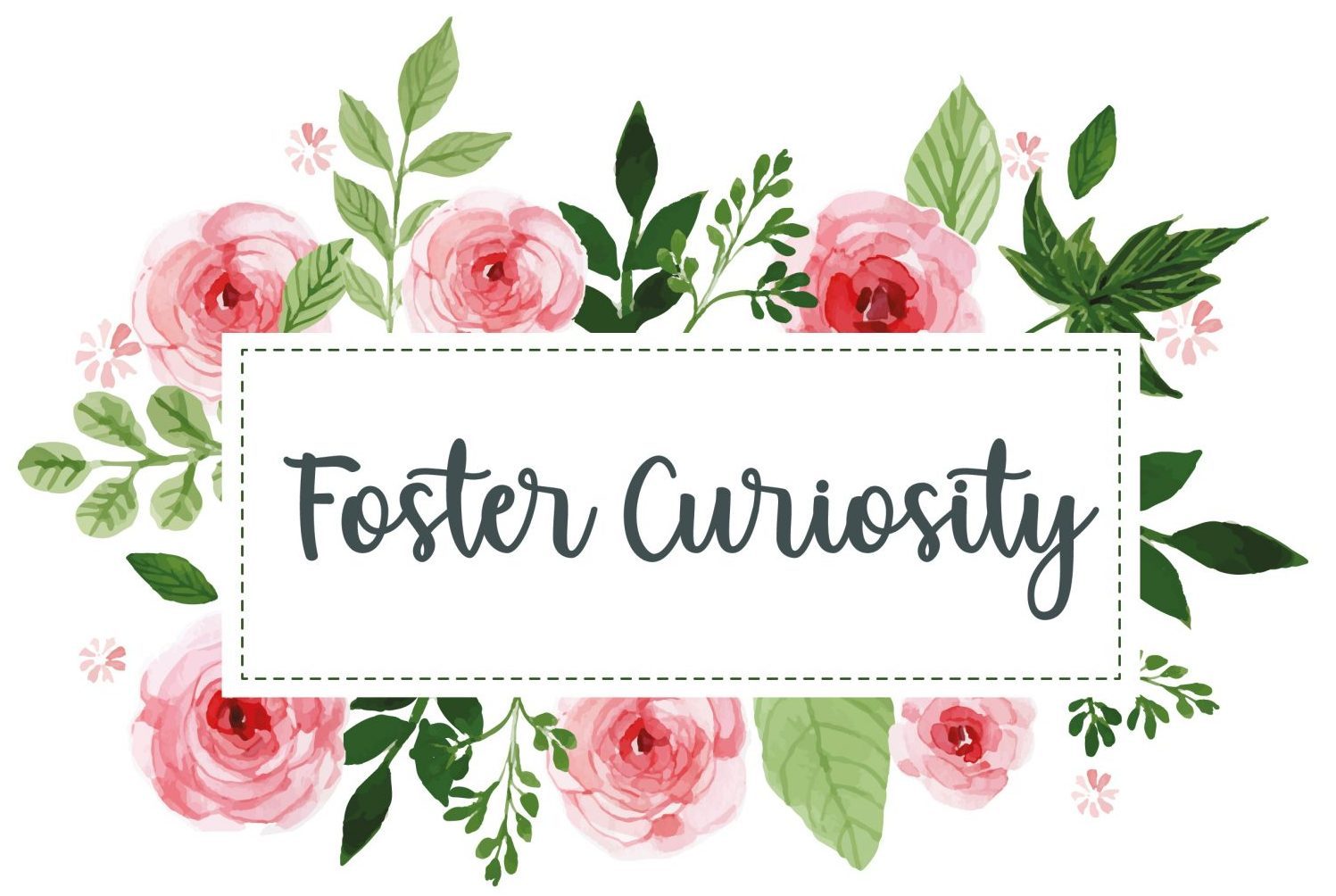
The Dark Side of Rapunzel
As I continue looking at Disney stories and how they’ve been changed and adapted, I notice that some tales have a much darker ending in older versions. There’s a lot more death and pain than Disney has in their movies, and I think it’s good to know where the origins of the stories come from.
The stories that I’ve looked more in-depth at all date back hundreds of years–some even longer. The cultural change and different cultural beliefs from other countries show within the stories, and it’s an exciting way to look at history. Today I’m going to look at another popular Disney film shown in theatres a little over a decade ago.
Let Down Your Hair
Disney’s Version
The classic tale of Rapunzel–a girl with long, golden hair who’s trapped in a tower–is centuries old. Disney takes this tale and turns the sad story into a fun musical. Rapunzel was taken from her parents–the king and queen–as a baby because she has a special power. When sung a specific song, her hair glows and is acts as a healer for injuries. It also makes Mother Gothel young again, which is why she steals the young child.
Mother Gothel hides Rapunzel in a tower somewhere in the woods where no one can find her. She tells her “daughter” that the outside world isn’t safe and that she has to stay in the tower. Rapunzel accepted this lie her whole life–until she decides that she wants to see the floating lanterns on her eighteenth birthday. When Mother tells her she can’t, she decides to go anyway.
Flynn Rider is an outcast and criminal who steals for a living and finds himself stumbling on Rapunzel’s tower while running from the guards. Rapunzel steals his loot and hides it, demanding that he takes her to see the floating lanterns to get his treasure back. He agrees, and the two set out on a musical adventure.
Rapunzel gets her happy ending when she is reunited with her parents and falls in love with Flynn. They all live happily ever after–like all Disney movies. I was more interested in how the tale goes in other versions.
Grimm Brother’s Version
In the Grimm Brother’s version of the classic tale, the story of Rapunzel is a lot more, well, grim. A woman longs to eat rampion that grows in an evil witch’s garden. Her husband steals it for her because he wants her to be happy. The second time he goes back to steal the rampion, he is faced with Dame Gothel herself. The woman says he can take the rampion if he gives her their first born child. The man agrees, and leaves with the rampion.
When the woman gives birth to a baby girl, Dame Gothel appears and takes her away. She locks Rapunzel in a tower with no stairs or doors to escape from. She visits her “daughter” by climbing her hair and into the small window at the top of the tower.
When a prince discovers Rapunzel’s tower, he visits to listen to her singing. One day, he sees how Dame Gothel gets into the tower and decides to try it himself. The two meet and fall in love. They devise a plan to escape together, but Rapunzel tells Dame Gothel about it, and chaos begins. Gothel cuts off her hair and banishes Rapunzel to live in the desert.
When the prince comes to visit, Gothel pretends to be Rapunzel and surprises the prince. When she tells the prince what she did with Rapunzel, the prince jumps out of the window. He survives but is blinded by the thorns he jumped into. The prince roams blindly around the forest, only finding the desert years later. Rapunzel, along with the twins she had, lives in misery. The prince finds them by hearing Rapunzel’s voice. Rapunzel weeps when she sees the prince, and her tears give him back his sight.
The story was way darker than the other versions of the story, but Rapunzel and the prince live happily every after with their two children.

The History of Rapunzel
Like a lot of famous tales, Rapunzel has many different versions. The first written version of the story dates back to 1634 in Italy. Giambattista Basile wrote the first version in which Rapunzel was actually named Pascadozzia, and was sold to ogres by her own mother after her mother stole parsley. When Pascadozzia was seven, the ogres locked her in a tower. She falls in love with a prince and tries to escape, but the ogres come after them. Pascadozzia saves them by using magical acorns to get animals to kill the ogres.
In a French version of the story, a fairy locks a girl in the tower to protect her. The fairy is friendly, but the girl angers the fairy by falling in love. Luckily, this version has a happy ending. The story then travels to Germany, where small details of the story are changed. The old lady is still a friendly fairy in this version.
Finally, the Grimm Brothers write their version in 1812, with a few changes made and republished in 1857. Other versions existed throughout history, but the main storyline has stayed the same–a girl locked in a tower with no way out, though the reasons for why she was locked in a tower have varied.
Learn More
If you liked this post, you could read other posts in the series where I write about Cinderella and Mulan. If you’re interested in reading different versions of this famous tale, you can learn more about the history. I hope you enjoyed this as much as I enjoyed writing it. Happy learning!





